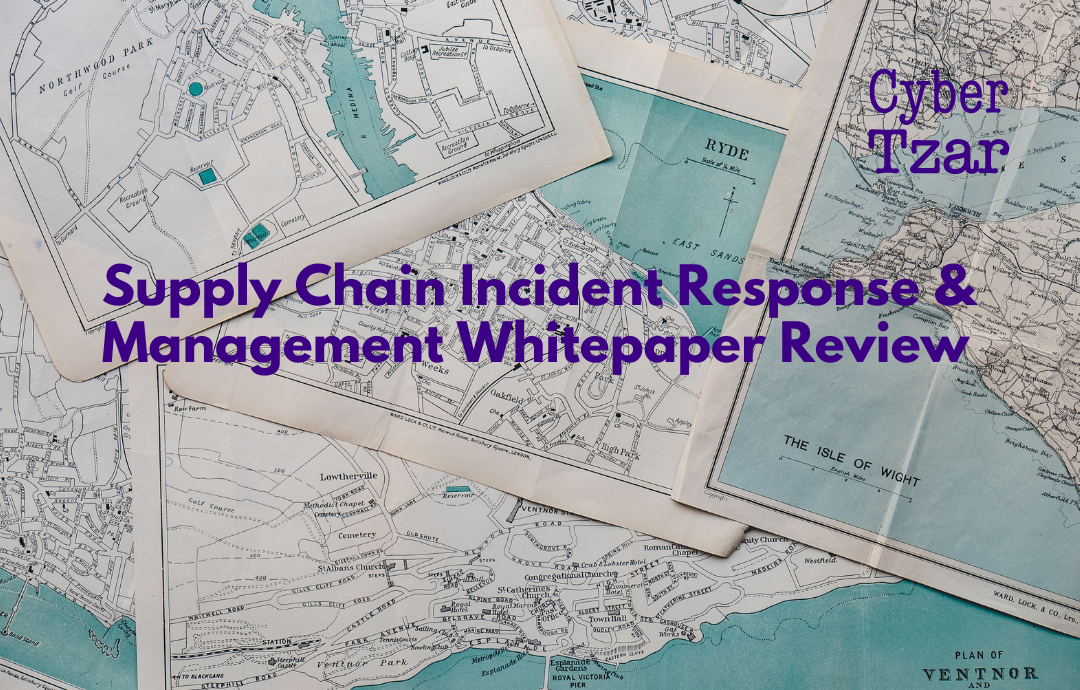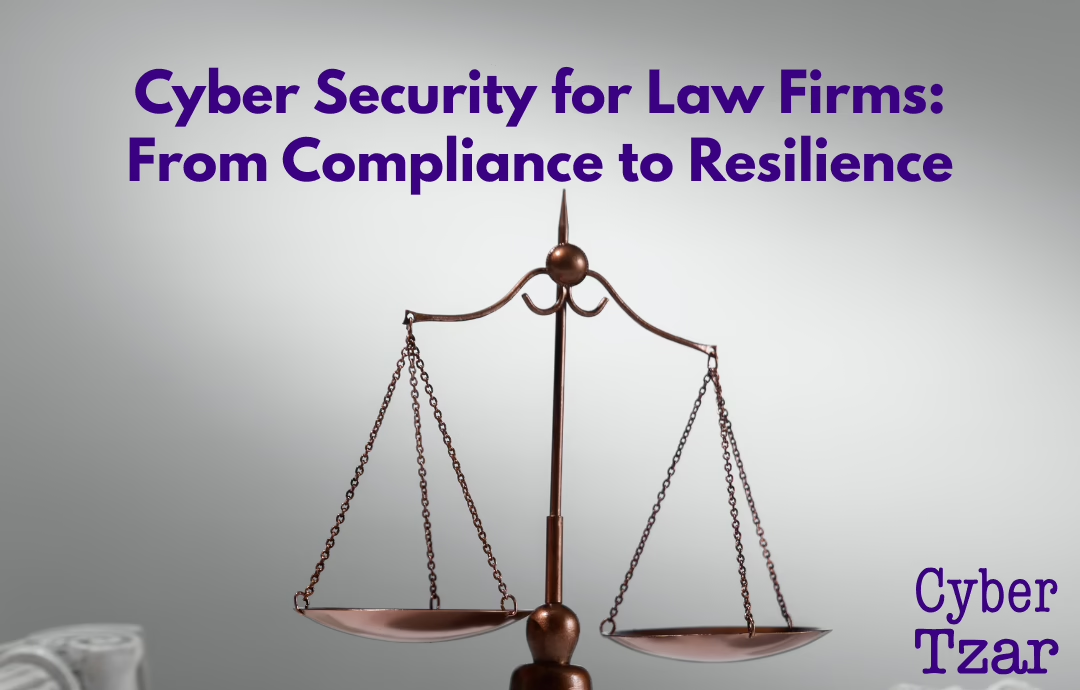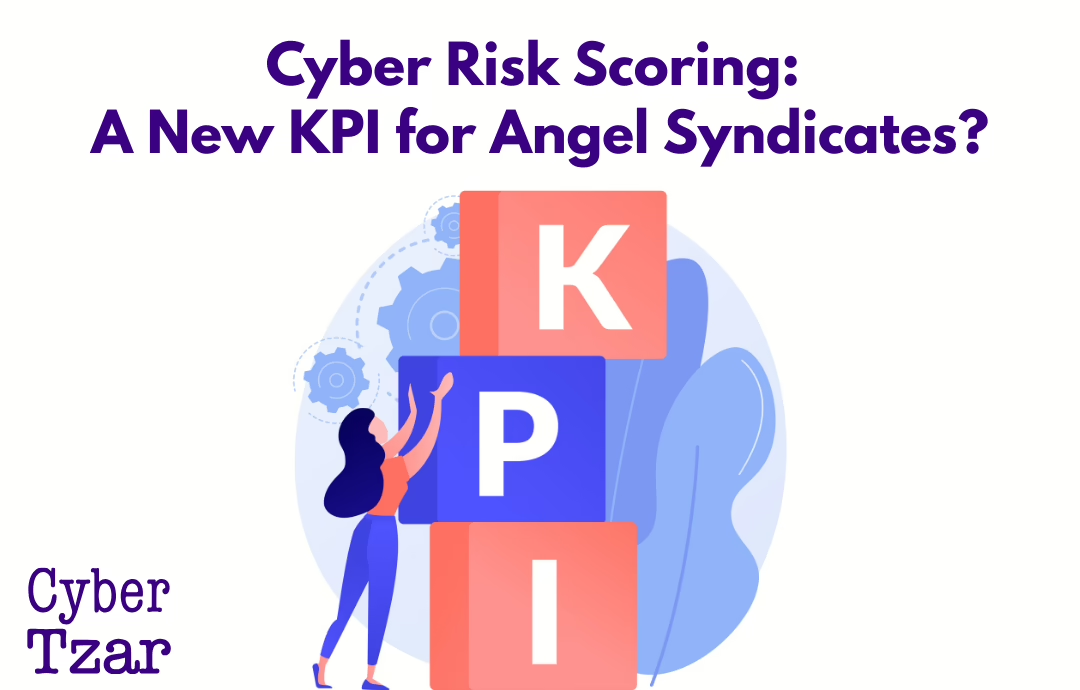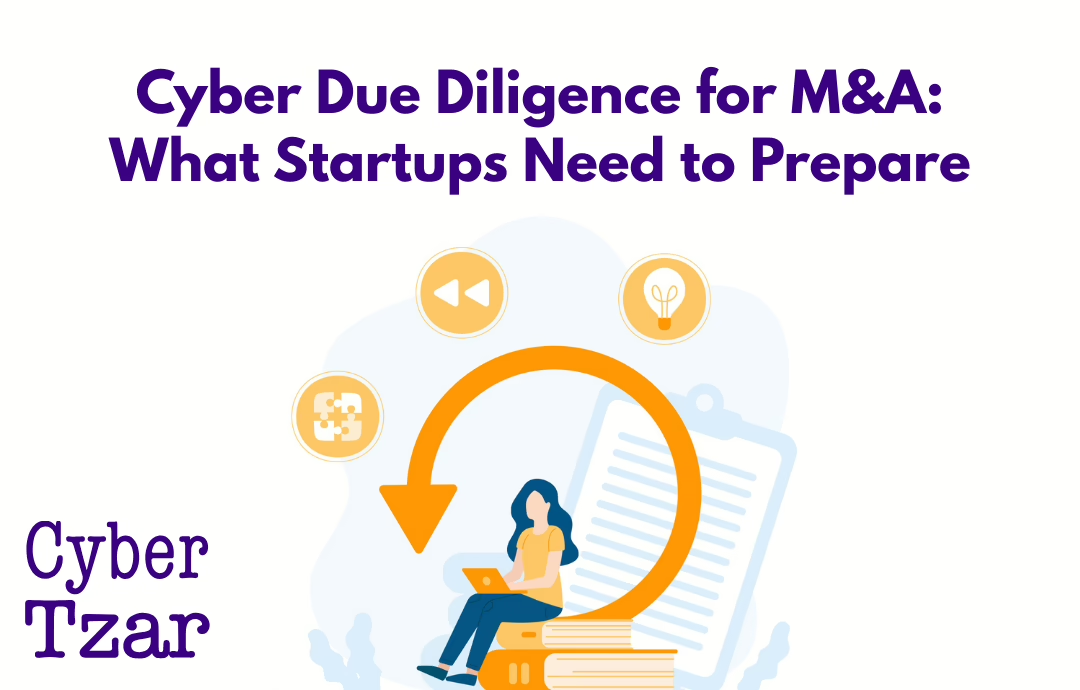“Guidance for developing Supply Chain Incident Response and Management within your organisation” whitepaper review
Introduction
Recently I read a new white paper from Colin Topping. I’d met Colin at an event hosted by the South West Cyber Resilience Centre (SWCRC), with attendees from the Cyber Resilience Centre for Wales (WCRC) and the West Midlands Cyber Resilience Centre (WM CRC). We connected on LinkedIn, where he’d requested feedback on his new whitepaper here.
Colin has done a great job of pulling together an approach to tackling supplier and supply chain cyber incident response and management in his paper “Guidance for developing Supply Chain Incident Response and Management within your organisation”.
The paper provides a comprehensive overview of incident management in the context of supply chain cybersecurity. It covers various aspects such as guidance, risk assessment, contractual considerations, incident response, communication, and lessons learned. While the article offers valuable insights, there are a few areas where additional areas which would help build out a fuller approach:
- Real World Examples
- Proactive Measures
- Detection vs. Response and Management
- Simulation Exercises
- Stakeholder Engagement
- Compliance Focused
1. Real World Examples
More real-world examples are needed that show people the art of the possible: Specific examples or case studies to illustrate the concepts and challenges discussed are always a good way to show best practices and/or lessons learned. Real-world scenarios help readers understand how incident management plays out in practical situations.
Three real-world examples illustrating incident management within the supply chain are:
Vendor Software Compromise
Example: Vendor Software Compromise Scenario: A large organization relies on a third-party software vendor for a critical business application. Unknown to the organization, the vendor’s software development environment is compromised by a cyber-attack. The attackers inject malicious code into the software updates, which are subsequently distributed to all customers, including the organization.
Challenge: The organization needs to quickly detect the compromise, assess the impact, and initiate an incident response plan to mitigate the risk to their systems and data. They must also coordinate with the vendor to address the root cause, investigate the extent of the compromise, and communicate with customers about the incident.
Lessons Learned: This example highlights the need for robust vendor risk assessment and ongoing monitoring. It emphasizes the importance of having incident response plans in place and establishing clear lines of communication with vendors to address potential supply chain incidents promptly.
Supply Chain Hardware Compromise
Example: Supply Chain Hardware Compromise Scenario: A multinational corporation procures networking equipment from a trusted supplier for its global operations. However, it is discovered that a compromised batch of hardware has been introduced into the supply chain. The compromised equipment contains embedded malware that allows threat actors to gain unauthorized access to the organization’s networks.
Challenge: The organization must identify the affected hardware, assess the potential impact on network security, and initiate incident response measures. They need to coordinate with the supplier to determine the extent of the compromise, implement appropriate mitigations, and ensure the removal and replacement of the compromised hardware across their global infrastructure.
Lessons Learned: This example emphasizes the importance of end-to-end visibility and control over the supply chain. It highlights the need for robust supplier vetting processes, including verifying the integrity of the hardware and ensuring secure supply chain practices.
Third-Party Service Provider Breach
Example: Third-Party Service Provider Breach Scenario: A healthcare organization outsources its data storage and management to a third-party service provider. Unfortunately, the service provider experiences a data breach due to a targeted cyber-attack. Patient records and sensitive medical information are compromised, posing a significant risk to both the healthcare organization and its patients.
Challenge: The healthcare organization must rapidly respond to the breach, assess the impact on patient data confidentiality, and comply with legal and regulatory requirements for incident reporting. They need to work closely with the service provider to address the security breach, restore data integrity, implement additional security measures, and rebuild trust with affected patients.
Lessons Learned: This example underscores the importance of due diligence when selecting third-party service providers, particularly in highly regulated industries. It highlights the need for incident response plans that account for potential breaches within the supply chain and the importance of clear communication and collaboration with service providers during incident resolution.
These examples demonstrate the complexity and potential consequences of supply chain incidents, underscoring the need for robust incident management practices and proactive measures to safeguard organizations and their customers.
2. Proactive Measures
The proactive measures that organisations can take needs more discussion: While the article briefly mentions the importance of cybersecurity awareness and building a cyber culture, organizations can take proactive measure that will prevent incidents within the supply chain. This could include topics such as threat intelligence sharing, regular security assessments, and proactive vendor management.
Three proactive measures that organizations can take to prevent incidents within the supply chain include:
Threat Intelligence Sharing
Threat intelligence sharing involves collaborating with industry peers, trusted partners, and relevant information sharing organizations to exchange actionable insights about emerging cyber threats and vulnerabilities. By participating in threat intelligence sharing initiatives, organizations can stay ahead of potential risks and proactively protect their supply chain.
Benefits:
- Early warning: Organizations gain access to timely information about emerging threats, enabling them to take preventive measures before an attack occurs.
- Enhanced visibility: Sharing threat intelligence helps organizations gain a broader perspective on the threat landscape, including specific risks related to their supply chain partners.
- Proactive defence: Armed with comprehensive threat intelligence, organizations can proactively update their security controls, patch vulnerabilities, and strengthen their overall cybersecurity posture.
Implementation:
- Join industry-specific Information Sharing and Analysis Centers (ISACs) or other trusted information sharing communities.
- Establish partnerships with peer organizations to facilitate the exchange of threat intelligence.
- Leverage threat intelligence platforms and services that provide real-time updates on emerging threats and vulnerabilities.
Regular Security Assessments
Regular security assessments, including audits and penetration testing, are crucial proactive measures to identify vulnerabilities and weaknesses within the supply chain. By conducting comprehensive security assessments, organizations can identify potential risks and take corrective actions to mitigate them before they are exploited by threat actors.
Benefits:
- Risk identification: Security assessments help identify vulnerabilities, misconfigurations, and weaknesses within the supply chain, enabling organizations to prioritize remediation efforts.
- Compliance adherence: Regular assessments ensure compliance with industry regulations and standards, providing assurance to stakeholders and customers.
- Continuous improvement: Security assessments facilitate a continuous improvement mindset by uncovering areas for enhancement and allowing organizations to refine their security controls.
Implementation:
- Conduct regular vulnerability assessments and penetration testing on critical systems and networks within the supply chain.
- Perform third-party audits and assessments to evaluate the security posture of suppliers and service providers.
- Establish a robust security assessment framework that includes defined assessment intervals, methodologies, and remediation processes.
Proactive Vendor Management
Proactive vendor management involves implementing strong governance and oversight processes for supply chain partners. It includes thorough vendor selection, ongoing monitoring, and contractually defined security requirements to ensure that vendors adhere to the organization’s cybersecurity standards.
Benefits:
- Risk mitigation: Proactive vendor management helps identify and mitigate risks associated with suppliers, ensuring they meet cybersecurity requirements and align with the organization’s risk tolerance.
- Compliance assurance: Implementing security requirements in vendor contracts ensures compliance with industry regulations and standards.
- Trust and transparency: Proactive vendor management builds trust and establishes clear expectations regarding security responsibilities, incident response, and reporting obligations.
Implementation:
- Develop a comprehensive vendor risk management program that includes security assessments and due diligence during the vendor selection process.
- Establish contractual obligations for vendors to adhere to specific cybersecurity standards, incident reporting protocols, and regular security updates.
- Implement ongoing monitoring and auditing processes to ensure vendors maintain the required security controls and meet contractual obligations.
By implementing these proactive measures, organizations can reduce the likelihood of supply chain incidents and enhance their ability to detect, respond to, and recover from potential threats, thereby strengthening the overall resilience of their supply chain.
3. Incident Detection
Incident detection vs incident response and management. A primary focus on response and management misses out the critical stage of incident detection. We need to cover the whole life cycle. Detecting and identifying incidents early is crucial for effective response and minimizing potential damage. A framework for cyber security needs to provide more guidance on monitoring and detection strategies within the supply chain.
Three examples of strategies that organizations can implement to emphasize incident detection within the supply chain:
Implement Advanced Threat Detection Systems
Deploying advanced threat detection systems, such as Intrusion Detection Systems (IDS) and Intrusion Prevention Systems (IPS), can significantly enhance incident detection capabilities. These systems monitor network traffic, analyze patterns, and identify potential security threats or malicious activities within the supply chain.
Examples:
- Network-Based IDS/IPS: Deploy sensors across critical points within the supply chain network to monitor network traffic and detect anomalies, suspicious behavior, or known attack signatures.
- Endpoint Detection and Response (EDR): Install EDR solutions on endpoints within the supply chain to monitor for malicious activities, file integrity violations, or suspicious system behavior that could indicate a security incident.
- Log Monitoring and Analysis: Implement a centralized log management system that collects and analyzes logs from various systems and applications to identify potential security incidents or indicators of compromise.
Establish Security Incident and Event Management (SIEM) Systems
Implementing Security Incident and Event Management (SIEM) systems can significantly enhance incident detection by aggregating and correlating security events and logs from various sources. SIEM systems provide real-time monitoring, analysis, and alerting capabilities, enabling organizations to detect and respond to security incidents within the supply chain promptly.
Examples:
- Centralized Log Collection and Analysis: Use SIEM systems to collect, normalize, and analyze logs from various systems, including network devices, servers, and applications, to identify patterns or anomalies that may indicate security incidents.
- Automated Alerting and Response: Configure SIEM systems to generate real-time alerts based on predefined security rules and correlation algorithms, allowing organizations to respond swiftly to potential security incidents.
- Threat Intelligence Integration: Integrate threat intelligence feeds into the SIEM system to enrich the analysis and detection capabilities, enabling proactive identification of known threat indicators within the supply chain.
Conduct Regular Security Monitoring and Assessments
Regular security monitoring and assessments are essential to proactively detect security incidents and vulnerabilities within the supply chain. By continuously monitoring network traffic, system logs, and user activities, organizations can identify anomalies and indicators of compromise, allowing for early incident detection.
Examples:
- Network Traffic Analysis: Use network monitoring tools to analyze network traffic patterns, identify suspicious activities, and detect anomalies that may indicate a security incident, such as unusual data transfers or unauthorized access attempts.
- User Behavior Analytics (UBA): Implement UBA solutions to monitor user activities, detect abnormal behaviour, and identify potential insider threats or compromised accounts within the supply chain.
- Vulnerability Scanning and Assessments: Conduct regular vulnerability scans and penetration tests on systems and applications within the supply chain to identify security weaknesses or misconfigurations that could be exploited by threat actors.
By emphasizing incident detection through the implementation of advanced detection systems, SIEM solutions, and regular security monitoring and assessments, organizations can enhance their ability to detect and respond to security incidents within the supply chain effectively. These proactive measures contribute to early incident identification, reducing the potential impact and damage caused by cyber threats.
4. Simulation Exercises
Incident simulation exercises are paramount – practising the 7 P’s, as famously said by the SAS: “Proper Planning and Preparation Prevents P*** Poor Performance”. While the article suggests conducting joint cyber-related exercises with suppliers, it doesn’t specifically mention incident simulation exercises like tabletop exercises or red teaming. These exercises can be highly valuable in testing incident response capabilities and identifying potential vulnerabilities within the supply chain.
5. Stakeholder Engagement
It is vital that stakeholders all play a role in incident management when managing cyber security: supply chain management of cyber security requires careful thought and guidance on coordinating incident response efforts with various stakeholders given the complexity of both internal and external stakeholders. Critical elements include developing communication plans, establishing clear lines of communication, and ensuring effective collaboration during incident resolution.
6. Compliance Focused
Overemphasis on compliance-focused approach: The article heavily focuses on contractual obligations and regulatory reporting requirements. While these are important considerations, a more holistic approach that also emphasizes proactive security measures and building strong relationships with suppliers would provide a more comprehensive view of supply chain incident management.
Conclusion
Colin’s paper has laid some strong foundations for building the right approach to managing cyber security for the supply chain reflects serves as a commendable initial exploration into the complex realm of supplier and supply chain management. The integration of the ROSE taxonomy and emphasis on cybersecurity awareness showcase meticulous research and dedication. The addition of real-world examples and proactive measures would enhance the practical value of the paper. With continued refinement, this resource has the potential to become an even more influential guide for the industry.



